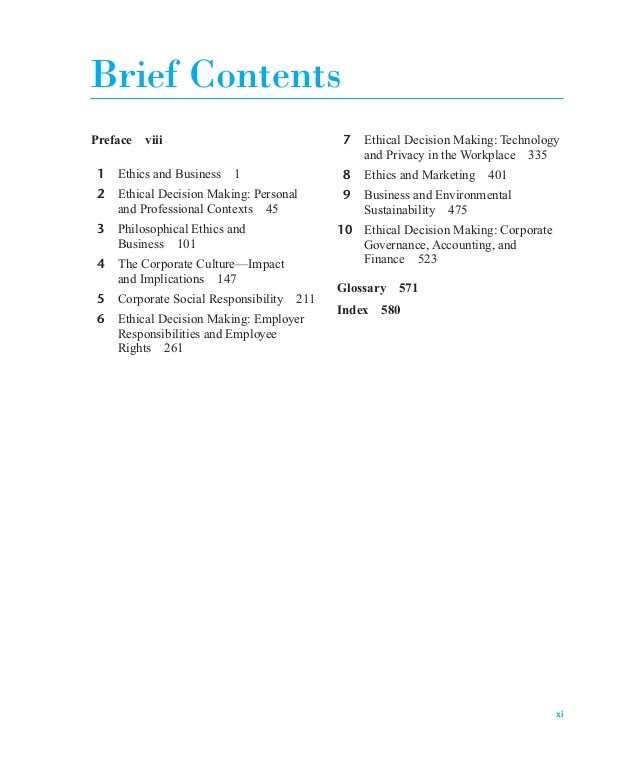The New York Times Business Retirement Body and Soul After the Storm Rebuilding the Nest Egg
Post on: 5 Апрель, 2015 No Comment

After the Storm, Rebuilding the Nest Egg
AROLD AND JOAN SPRADLEY of Springville, Ala. had hoped to retire in 2001. The decline of the stock market that began in the spring of 2000 dashed that.
For two years, they watched their retirement savings — almost exclusively in stock funds — fall by 50 percent (they declined to reveal dollar figures) as the brokerage company handling the money urged them to ride it out. Finally in 2002, they pulled out.
You get out of it when you can’t stand the pain anymore, said Mrs. Spradley, 57, who takes care of the bookkeeping for her husband’s computer consulting business. We had to protect what we had because we didn’t want to start back at zero again.
In their mid-50’s with retirement on the horizon, the couple changed course. They went to a certified financial planner and developed a long-range plan. Their financial outlook today has much improved, but like so many retirees or those on the cusp of retirement, their lives are different from what they had expected. Whether it was the bull market, ailing pension funds or the demise of high-flying corporations like Enron and WorldCom. many retirees have had to adjust their plans and start rebuilding their investments.
According to a 2002 survey by AARP of people 50 to 70 years who owned stocks individually, in mutual funds or retirement accounts like 401(k)’s and individual retirement accounts, 77 percent said they had lost money in stocks. Of those who had lost money and were still working, 20 percent said they postponed retirement as a result. Of all retirees who lost money in stock, a third were working full or part time, 3 percent of them returning to work after March 2000.
When it comes to losses, situations vary drastically. But no matter the financial details, many of those hit hardest shared a common lesson: the need to diversify. No matter who you work for, diversify, said Charles Prestwood, 66, of Conroe, Tex. who put in more than 30 years with Enron and a predecessor company.
At the time Mr. Prestwood retired in October 2000, he had just over $1.3 million in his Employee Stock Ownership Plan, all Enron stock. In about a year, he was down to $3,500 as the company disclosed financial wrongdoing that led to bankruptcy.
The only thing you can do is back up and live on what you’ve got, said Mr. Prestwood, who worked in operations for the gas and pipeline division of Enron making about $3,600 a month before overtime.
He had planned to pull about $20,000 a year out of his retirement savings to augment the $2,100 a month he would receive from Social Security and his pension. To cope with the loss of the savings, Mr. Prestwood refinanced the $35,000 mortgage on his house in Conroe, outside Houston, lowering his payment to $402 from $728 a month.
The closest thing he has to investments these days are two grandfather clocks he received for his many years at Enron. He plans to put them up for auction on eBay. which he estimates will bring about $3,000. He is also part of an employee class-action suit that he hopes can restore some of the money lost.
But for many retirees who had investment funds to work with, the picture has improved immensely over the last two years.
The Spradleys, who had two 401(k) accounts, had cashed out one in 2001 to build a retirement home on a lake in Springville. To shore up the other, they began working with Diana Simpson, a certified financial planner who works for Stewart H. Welch III, owner of the Welch Group in Birmingham, Ala. At that point, the account was invested 100 percent in equities, which had remained virtually unchanged despite falling by half between February and October 2002.
Ms. Simpson restructured the portfolio to include 12 percent in cash, putting the rest into moderately aggressive mutual funds.
We were not dependent on the money, so we took the approach that we lost it in a hurry, we may as well try to get it back in a hurry, Mr. Spradley said.

To protect themselves from any severe losses, however, the couple created a stop limit, setting a number that if the funds fell below a certain point they would be moved to cash. In addition, Mr. Spradley, 59, a computer consultant, delayed early retirement and continued to work part time so the couple would not have to touch the funds.
The value of the Spradleys’ investment portfolio has increased by more than 38 percent since they had the account restructured. Ms. Simpson said she had begun to shift the account to a more moderate allocation, getting rid of some of the more aggressive funds and adding some bond funds.
Ms. Simpson said that her clients who were closer to retirement in 2000 already had a safety net of five to seven years of income in a bond ladder.
The ladder is created by projecting how much retirees want to live on. If the number is $2,000 a month, for example, $24,000 would be put into a money market, and then another $24,000 would be placed in a certificate of deposit or Treasury bill coming due in one year, the same amount in ones coming due each year for five years.
That way you buy yourself some time if the market goes down, Ms. Simpson said.
It is a widely used strategy. But not one that was easy to sell when stocks were white hot during the late 1990’s.
My clients were saying, ‘Are you crazy?’ she recalled. ‘You want me to buy a C.D. at 7 percent when I could be getting 20 percent in the market?’














